Which of the following organs filters excess solutes from the blood?
A. Stomach
B. Spleen
C. Kidney
D. Gallbladder
The organ that filters excess solutes from the blood is the kidney ¹. The kidneys are a pair of bean-shaped organs located on either side of the spine, just below the rib cage ². They are responsible for filtering waste products and excess fluid from the blood and excreting them in the form of urine ².
The other options are not correct because they do not accurately describe the organ that filters excess solutes from the blood. The stomach, spleen, and gallbladder do not filter excess solutes from the blood.

Therefore, the Correct Answer is C.
More Questions on TEAS 7 Science
-
Q #1: Which of the following substances is responsible for donating H+ ions to act as a buffer when blood pH rises?
A. Oxygen
B. Carbon monoxide
C. Carbon dioxide
D. Carbonic acid
Answer Explanation
The correct answer is d. Carbonic acid. When blood pH rises, carbonic acid can donate H+ ions to act as a buffer and help maintain the pH within a normal range. Carbonic acid is formed when carbon dioxide dissolves in water and reacts with it.
A. Oxygen is not responsible for donating H+ ions to act as a buffer when blood pH rises.
B. Carbon monoxide is a toxic gas that does not play a role in buffering blood pH.
C. Carbon dioxide can dissolve in water to form carbonic acid, which can then donate H+ ions to act as a buffer.
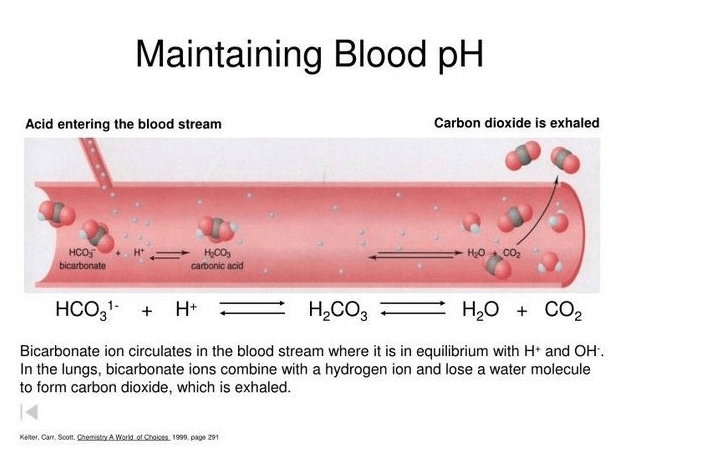
-
Q #2: Which of the following summarizes a change that takes place as a solid turns to a liquid?
A. Particles have a decrease in mobility.
B. Particles become less ordered.
C. Particles move closer together.
D. Intermolecular forces between particles become stronger.
Answer Explanation
A change that takes place as a solid turns to a liquid is that particles become less ordered ¹. When a solid is heated, its particles gain energy and begin to vibrate more rapidly ². As the temperature increases, the particles gain enough energy to overcome the forces holding them in place and begin to move more freely
². This results in a loss of order as the solid melts and becomes a liquid.
The other options are not correct because they do not accurately describe a change that takes place as a solid turns to a liquid. Particles do not have a decrease in mobility, move closer together, or experience stronger intermolecular forces between them as a solid turns to a liquid.
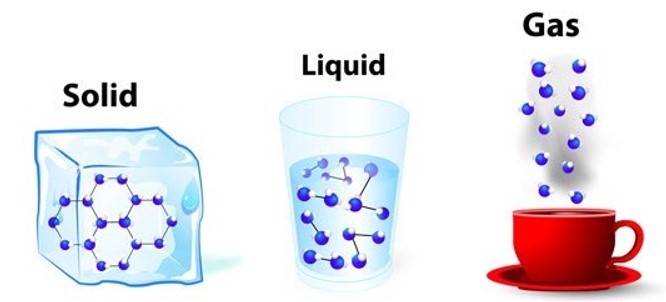
-
Q #3: Which of the following structures is an exocrine gland?
A. Pineal gland
B. Parathyroid gland
C. Parotid gland
D. Pituitary gland
Answer Explanation
The parotid gland is an exocrine gland that secretes saliva into the mouth. Exocrine glands secrete their products into ducts that carry the secretions to the body's surface or into body cavities. The other options are endocrine glands, which secrete hormones directly into the bloodstream. The pineal gland secretes melatonin, the parathyroid glands secrete parathyroid hormone, and the pituitary gland secretes several hormones that regulate various bodily functions.
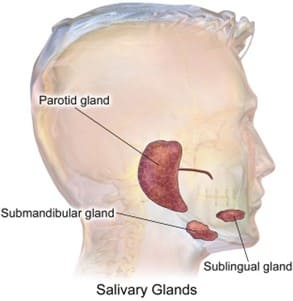
-
Q #4: Which of the following is the process in which an ovarian follicle matures and releases a reproductive egg?
A. Oogenesis
B. Menstruation
C. Ovulation
D. Fertilization
Answer Explanation
Ovulation is the process in which an ovarian follicle matures and releases a reproductive egg. During ovulation, the egg is released from the ovary and travels down the fallopian tube where it may be fertilized by sperm.
The other options are not processes in which an ovarian follicle matures and releases a reproductive egg. Oogenesis is the process of egg cell formation, menstruation is the shedding of the uterine lining, and fertilization is the fusion of an egg and sperm to form a zygote.
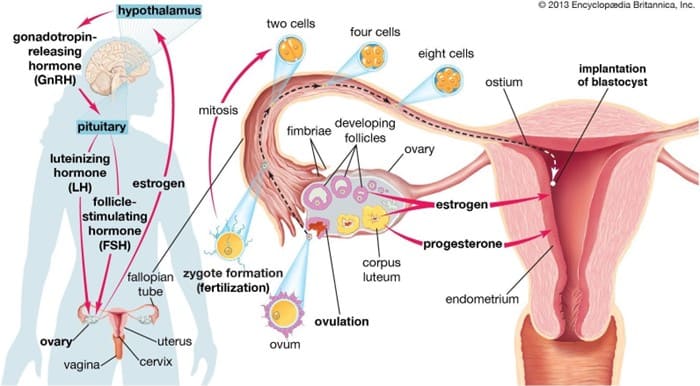
-
Q #5: Use the table below to answer the question. Object Mass (g) Time of fall (sec) 1 5.0 2.0 2 5.0 1.0 3 30.0 0.5 4 35.0 1.5 Which of the following conclusions is supported by the data?
A. Objects A and B will fall at the same rate.
B. The greater the mass of an object, the faster it will fall.
C. The time of fall is independent of the mass of the object.
D. Air resistance could be greater for A than for B.
Answer Explanation
-
Q #6: Which of the following occurs in an oxidation reaction?
A. Removal of oxygen
B. Addition of carbon
C. Addition of neutrons
D. Removal of electrons
Answer Explanation
An oxidation reaction occurs when there is a removal of electrons ¹. Oxidation is the loss of electrons during a reaction by a molecule, atom or ion ¹. When oxidation occurs, the oxidation state of the chemical species increases ¹.
The other options are not correct because they do not accurately describe what occurs in an oxidation reaction. Removal of oxygen, addition of carbon, and addition of neutrons are not processes that occur in an oxidation reaction.
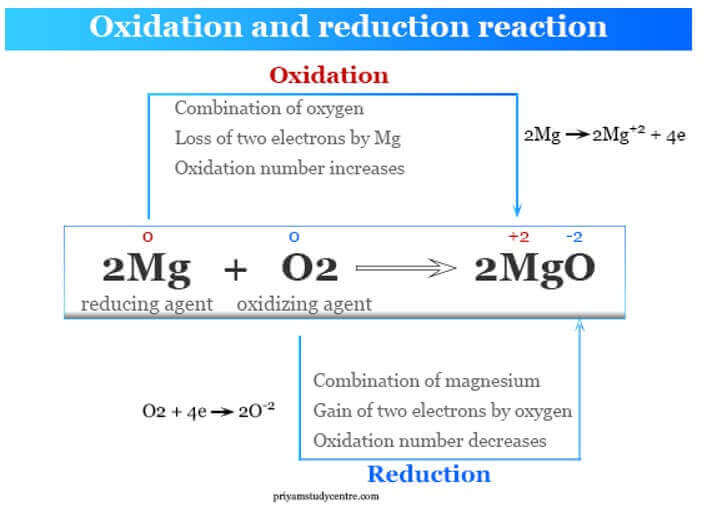
-
Q #7: Genetic information describing the characteristics of an organism is found in which of the following?
A. Nuclei
B. Membranes
C. Cilia
D. Ribosomes
Answer Explanation
The correct answer is a. Nuclei. Genetic information describing the characteristics of an organism is found in the nuclei of its cells. The nucleus contains the organism's DNA, which carries the genetic information that determines its traits.
b. Membranes are structures that surround and enclose cells and organelles, but they do not contain genetic information.
c. Cilia are hair-like structures that protrude from the surface of some cells and are involved in movement, but they do not contain genetic information.
d. Ribosomes are organelles that are involved in protein synthesis, but they do not contain genetic information.
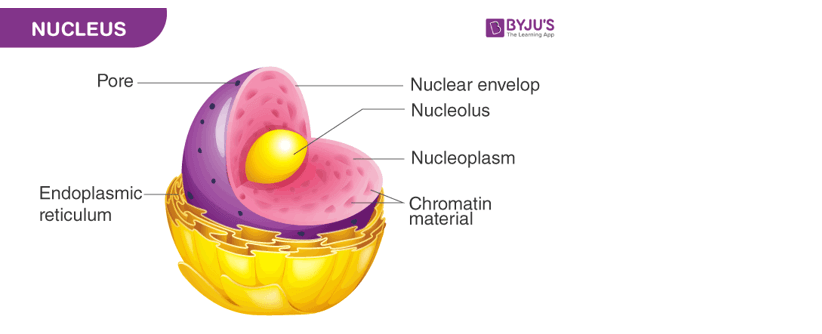
-
Q #8: Which of the following functions does the myelin sheath perform for a nerve cell?
A. Insulation
B. Regeneration
C. Sensory perception
D. Nutrition
Answer Explanation
The myelin sheath is a protective membrane that wraps around parts of certain nerve cells.
Its fatty-protein coating provides protective insulation for your nerve cell like the plastic insulation covering that encases the wires of an electrical cord ².
This allows the electrical impulses to travel quickly and efficiently between one nerve cell and the next. The other options are incorrect because they do not describe the functions of the myelin sheath.
Regeneration, sensory perception, and nutrition are not functions performed by the myelin sheath for a nerve cell.
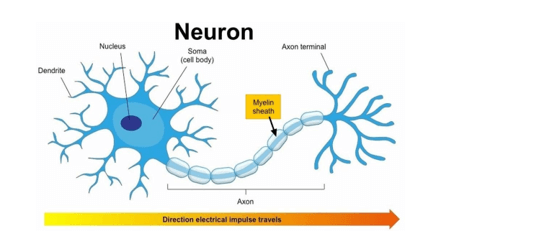
-
Q #9: Emphysema caused by damage to alveoli from toxins and pollutants is likely to result in the body having difficulty performing which of the following actions?
A. Releasing histamine and acetylcholine
B. Exchanging oxygen and carbon dioxide
C. Absorbing food
D. Producing enzymes
Answer Explanation
Emphysema is a lung condition that is caused by damage to the alveoli, the tiny air sacs in the lungs where gas exchange occurs. When the alveoli are damaged, the body has difficulty exchanging oxygen and carbon dioxide. This can lead to shortness of breath and other respiratory problems. The other options are not directly related to the function of the alveoli or the effects of emphysema.

-
Q #10: Which of the following is a protein present in blood plasma?
A. Monocytes
B. Platelets
C. Fibrinogen
D. Lymphocytes
Answer Explanation
The correct answer is c. Fibrinogen. Fibrinogen is a protein present in blood plasma that plays a key role in blood clotting. When an injury occurs and bleeding begins, fibrinogen is converted into fibrin, which forms a mesh-like structure that helps to trap blood cells and form a clot.
A. Monocytes are a type of white blood cell, not a protein present in blood plasma.
B. Platelets are cell fragments that play a role in blood clotting, but they are not a protein present in blood plasma.
D. Lymphocytes are a type of white blood cell, not a protein present in blood plasma.

Free Access on TEAS 7 Exams and Study Notes
- Access to all TEAS 7 Exams
- Performance Tracking and Analysis
- Well Documented and Explained Questions and Answers
- 2000+ Questions and Correct Answers: Answers Well Explained
- Libary of Detailed StudyNotes
- Topical Questions and Answers on Examinable topics
TEAS 7 Exams (Q&A)
TEAS 7 Study Notes
TEAS 7 Topical Tests

TEAS 7 Study Guides
Quick Links
Refer a Friend
Refer a friend and claim free unlimited access

© 2024 ExamGates Made with by ExamGates
